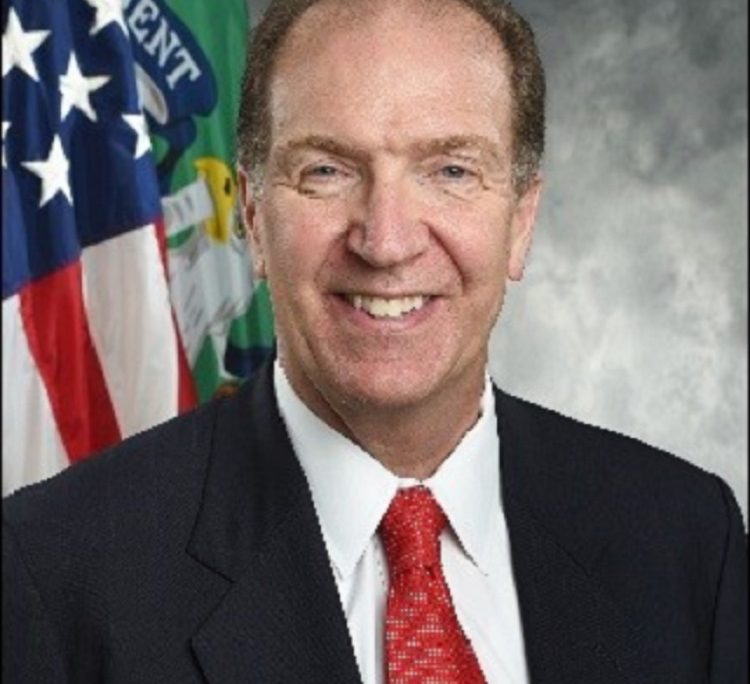World Bank has said that the number of people living in poverty has risen to 124 million due to COVID-19. According to the World Bank “using the January 2021 forecast from GEP, we now expect the COVID-19-induced new poor in 2020 to rise to between 119 and 124 million. This range of estimates is in line with other estimates based on alternative recent growth forecasts. As in our earlier estimates, the number of COVID-19-induced new poor is calculated as the difference between poverty projected with the pandemic and poverty projected without the pandemic. To predict poverty in the former we use the GEP growth forecasts from January 2021, and for the pandemic free world, we use GEP growth forecasts made in January 2020. It is important to note that while we are now ‘looking back’ at 2020, our estimates are still relying on extrapolations of household surveys that pre-date 2020.
“The estimated increase in global poverty in 2020 is truly unprecedented. Figure 1 shows the annual change in the number of global extreme poor from 1992 to 2020. Each bar represents the net number of people who have either moved out of extreme poverty if they were poor in the last year or moved into extreme poverty if they were not poor in the previous year. Before COVID-19, the only other crisis-induced increase in the global number of poor in the past three decades was the Asian financial crisis, which increased extreme poverty by 18 million in 1997 and by another 47 million in 1998. In the two-decades since 1999, the number of people living in extreme poverty worldwide has fallen by more than 1 billion people. Part of this success in reducing poverty is set to be reversed due to COVID-19 pandemic. For the first time in 20 years, poverty is likely to significantly increase.
“The COVID-19 pandemic is estimated to increase extreme poverty by between 88 million (baseline estimate) and 93 million (downside estimate) in 2020. Considering those who would have otherwise escaped extreme poverty but will not due to the pandemic (i.e. 31 million in 2020), the total COVID-19-induced new poor in 2020 is estimated to be between 119 and 124 million. As the new year brings some hope for the fight against COVID-19, we are looking back and taking stock of the effect of the pandemic on poverty in 2020. Utilising various growth forecasts that have been available in 2020, Figure 2 shows both the change in the estimated number of COVID-19-induced new poor in 2020 and the contributions of various regions. The worsening impact of the pandemic has drastically changed our projections over the course of this year, especially when comparing with the April growth rates (while the increase from June to January GEP is smaller).
“This has been driven primarily by a worsening forecast for South Asia, which has also changed the regional profile of the COVID-19-induced new poor. It is important to note that the poverty estimate in South Asia in recent years, even before the pandemic, is subject to considerable uncertainty due to the absence of new household survey data in India since 2011/12. Using the growth forecast from April 2020 under the $1.90-a-day poverty line, we estimated that 62 million would fall into extreme poverty globally in 2020, with South Asia and Sub-Saharan Africa each contributing roughly two-fifths.
“We revised the global estimate to between 88 and 115 million using the June-2020 growth forecast, with about half of the new poor residing in South Asia. The increase in the number of poor is also visible at the $3.20 poverty line. At the $3.20 line the global new poor using the GEP-baseline scenarios has increased from 175 million to 228 million from June 2020 to January 2021, again driven by South Asia. At the $5.50 line, we do not find a worsening of the global estimate, as our new estimates actually lie within the range we estimated using the June GEP. This is largely explained by a better than expected outlook for East Asia and Pacific, counteracting the upward revision in South Asia”.

